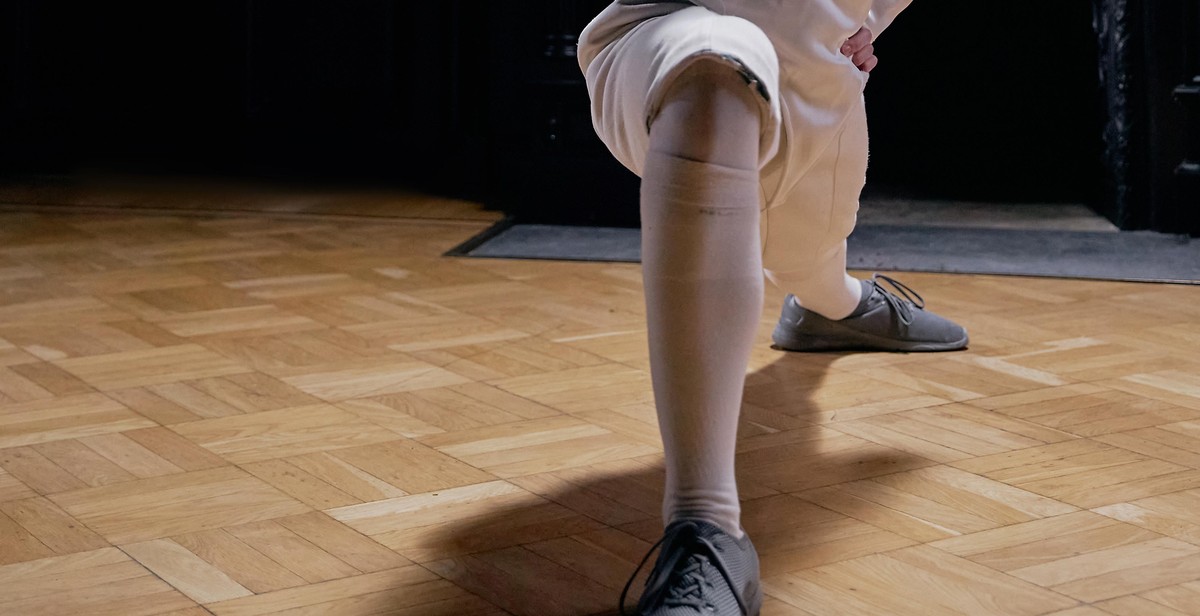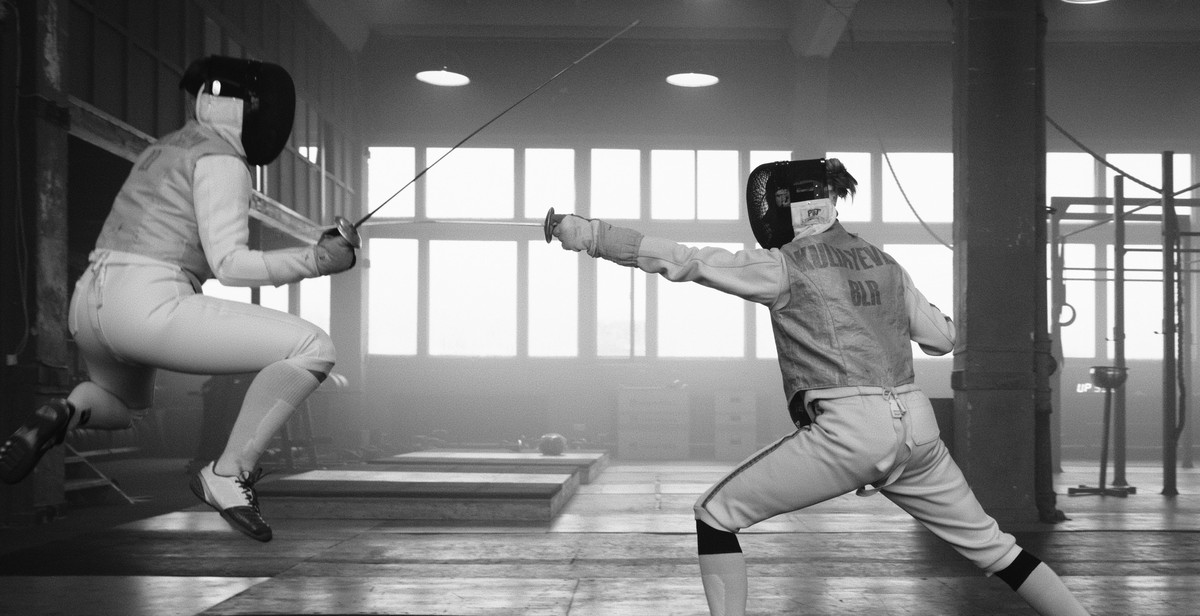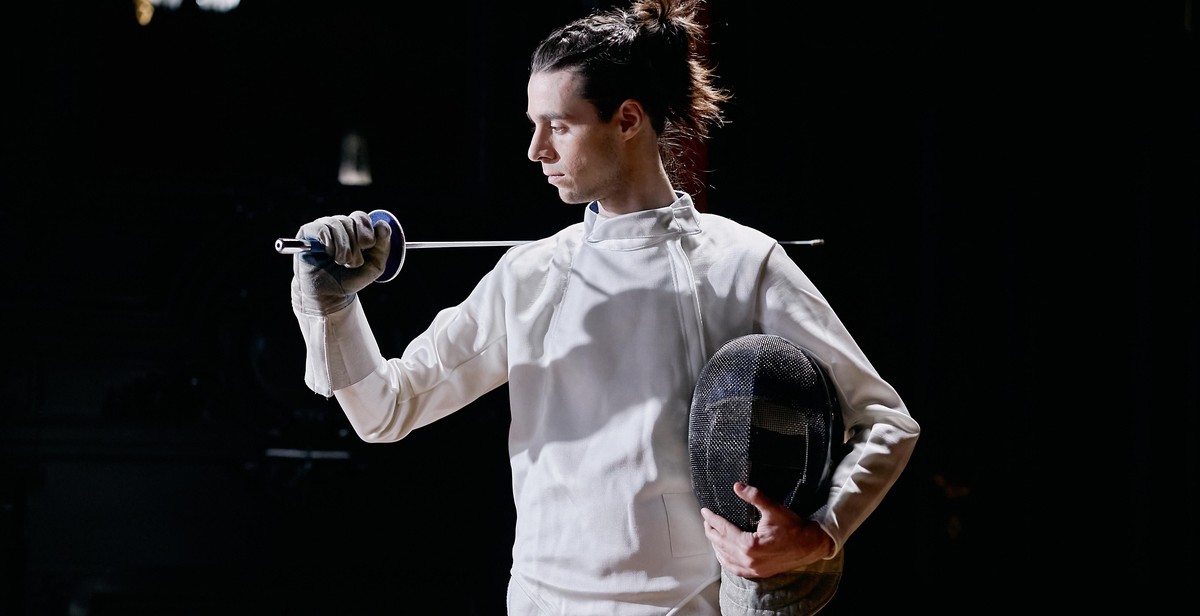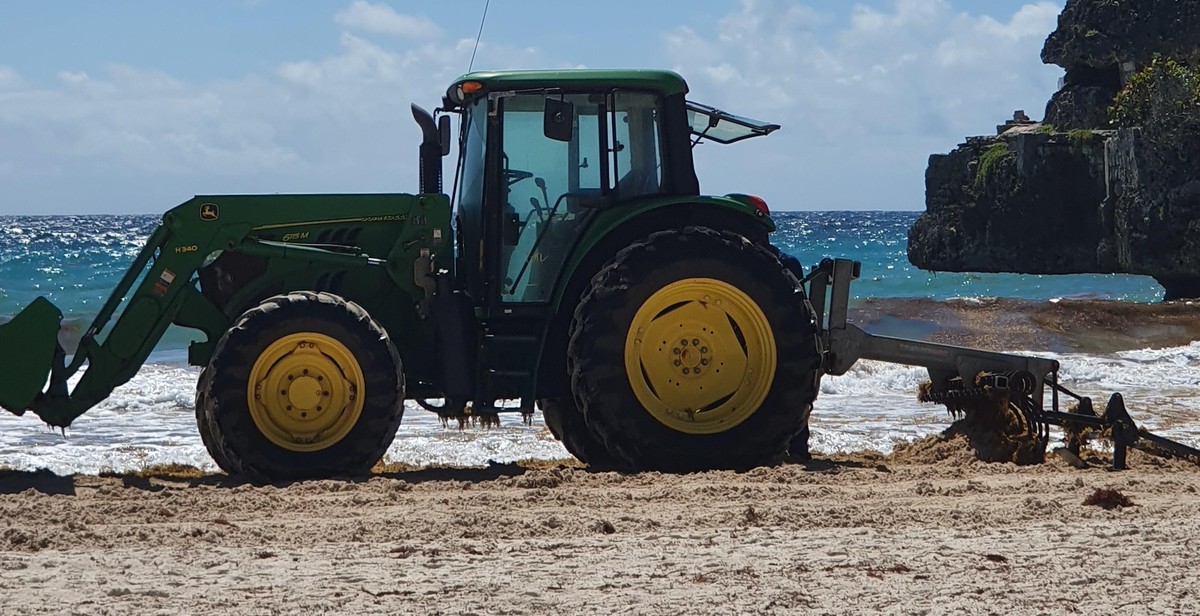How to Choose the Right Fencing Equipment: Essential Gear for Fencing Beginners and Enthusiasts
Fencing is a sport that requires both physical and mental agility. It is a sport that challenges the mind and body, and requires a lot of focus and determination. To be successful in fencing, one needs to have the right equipment. Choosing the right gear can be overwhelming for beginners and even experienced fencers. With so many options available in the market, it can be difficult to know where to start.
Why is Choosing the Right Fencing Equipment Important?
Choosing the right fencing equipment is crucial for several reasons. Firstly, it ensures safety during practice and competitions. Fencing involves the use of sharp weapons, and having the right protective gear can prevent injuries. Secondly, the right equipment can improve performance and technique. Lastly, investing in quality equipment can save money in the long run as it will last longer and reduce the need for replacements.
What are the Essential Fencing Gear for Beginners and Enthusiasts?
There are several pieces of equipment that are essential for fencing. These include:
- Fencing Mask
- Fencing Jacket
- Glove
- Fencing Pants
- Fencing Shoes
- Weapon (Foil, Epee or Sabre)
Each of these items serves a specific purpose and is designed to provide maximum protection and comfort during fencing. In this article, we will explore how to choose the right equipment and what to consider when making a purchase.

Understanding Fencing Equipment
Fencing Weapons
Fencing is a sport that involves the use of three different weapons: foil, epee, and sabre. Each weapon has its own unique characteristics and rules for use in competition.
- Foil: The foil is a lightweight weapon with a flexible blade that is approximately 35 inches in length. Foil fencing is typically focused on thrusting attacks to the torso.
- Epee: The epee is a heavier weapon with a stiffer blade that is approximately 35 inches in length. Epee fencing allows for thrusts to the entire body, including the head and limbs.
- Sabre: The sabre is a lightweight weapon with a slightly curved blade that is approximately 35 inches in length. Sabre fencing allows for both thrusting and cutting attacks to the upper body, including the head and arms.
Fencing Gear
In addition to a weapon, a fencer must also have protective gear to ensure their safety during competition. This gear includes:
- Mask: A fencing mask is a protective helmet that covers the entire head and face. It is made of a durable mesh material that allows the fencer to see and breathe while providing protection from sword hits.
- Glove: A fencing glove is a specialized glove that covers the hand and wrist of the fencer’s weapon hand. It is designed to provide extra padding and protection to the hand and fingers.
- Jacket: A fencing jacket is a padded jacket that covers the torso of the fencer. It is designed to absorb the impact of sword hits and prevent injury.
- Plastron: A plastron is a protective undershirt that is worn under the jacket. It provides additional padding to the torso and helps to prevent injury.
Fencing Attire
Fencers also wear specialized clothing that allows for ease of movement during competition. This clothing includes:
- Breeches: Fencing breeches are tight-fitting pants that extend to just below the knee. They are designed to allow for ease of movement and to prevent the fencer’s opponent from grabbing onto their clothing.
- Socks: Fencing socks are long socks that extend up to the knee. They are designed to prevent the fencer’s opponent from grabbing onto their legs.
- Shoes: Fencing shoes are lightweight and flexible, allowing for ease of movement and quick changes in direction.
| Weapon | Protective Gear | Attire |
|---|---|---|
| Foil | Mask, glove, jacket, plastron | Breeches, socks, shoes |
| Epee | Mask, glove, jacket, plastron | Breeches, socks, shoes |
| Sabre | Mask, glove, jacket, plastron | Breeches, socks, shoes |

Choosing the Right Fencing Weapons
When it comes to fencing, the weapon you choose can greatly affect your performance. There are three main types of fencing weapons: foil, epee, and sabre. Each type has its own unique characteristics and is suited for different styles of fencing.
Foil
The foil is a light and flexible weapon that is primarily used for thrusting. It has a small circular hand guard and a thin blade that is tapered to a point. The target area for foil fencing is limited to the torso, including the back but not the arms or legs. Foil fencing is the most popular form of fencing and is usually the weapon of choice for beginners.
Epee
The epee is a heavier weapon than the foil and is also primarily used for thrusting. It has a larger hand guard and a stiffer blade, making it more suitable for defensive moves. The target area for epee fencing is the entire body, including the arms and legs. Epee fencing is often favored by more experienced fencers who prefer a slower, more strategic style of fencing.
Sabre
The sabre is the heaviest and most aggressive of the three weapons. It has a slightly curved blade and is used for both thrusting and cutting. The target area for sabre fencing includes the entire upper body, including the head and arms. Sabre fencing is fast-paced and requires quick reflexes and a more aggressive approach.
Factors to Consider When Choosing Fencing Weapons
When choosing a fencing weapon, there are several factors to consider:
- Your level of experience: Beginners may want to start with a foil, while more experienced fencers may prefer an epee or sabre.
- Your fencing style: If you prefer a more defensive style, an epee may be the best choice. If you prefer a more aggressive style, a sabre may be more suitable.
- Your physical attributes: Your height, weight, and arm length can all affect which weapon is best for you. For example, taller fencers may prefer a longer epee blade.
- Your budget: Fencing equipment can be expensive, so it’s important to consider your budget when choosing a weapon. Foils are generally the least expensive, while sabres tend to be the most expensive.
| Foil | Epee | Sabre | |
|---|---|---|---|
| Weight | Light | Heavy | Heaviest |
| Blade | Thin and flexible | Thicker and stiffer | Slightly curved and flexible |
| Target Area | Torso (including back) | Entire body (including arms and legs) | Upper body (including head and arms) |
| Style of Fencing | Fast-paced and offensive | Slow-paced and defensive | Fast-paced and aggressive |

Essential Fencing Gear for Beginners
As a beginner in fencing, it is important to have the right gear to ensure safety and optimal performance during training and competitions. Here are some of the essential fencing gear that every beginner should have:
Fencing Mask
A fencing mask is a mandatory piece of equipment for fencers, as it protects the face and eyes from injuries caused by the fencing weapon. When choosing a fencing mask, make sure it fits well and provides ample visibility. It should also meet the safety standards set by the governing body of the sport.
Fencing Jacket
A fencing jacket is another important piece of gear that protects the upper body from injuries during fencing. It is made of durable material that can withstand the impact of the fencing weapon. When choosing a fencing jacket, make sure it fits well and allows for ease of movement.
Fencing Gloves
Fencing gloves protect the hands from injuries during fencing. They are made of durable material that can withstand the impact of the fencing weapon. When choosing fencing gloves, make sure they fit well and allow for ease of movement.
Fencing Pants
Fencing pants protect the lower body from injuries during fencing. They are made of durable material that can withstand the impact of the fencing weapon. When choosing fencing pants, make sure they fit well and allow for ease of movement.
Fencing Shoes
Fencing shoes are designed to provide the necessary grip and support for fencers during training and competitions. They should be lightweight and comfortable, with a non-slip sole for better traction on the fencing strip. When choosing fencing shoes, make sure they fit well and provide ample support.
| Essential Fencing Gear for Beginners | |
|---|---|
| Fencing Mask | A mandatory piece of equipment that protects the face and eyes from injuries caused by the fencing weapon. |
| Fencing Jacket | Protects the upper body from injuries during fencing. Made of durable material that can withstand the impact of the fencing weapon. |
| Fencing Gloves | Protects the hands from injuries during fencing. Made of durable material that can withstand the impact of the fencing weapon. |
| Fencing Pants | Protects the lower body from injuries during fencing. Made of durable material that can withstand the impact of the fencing weapon. |
| Fencing Shoes | Provides the necessary grip and support for fencers during training and competitions. Lightweight and comfortable, with a non-slip sole for better traction on the fencing strip. |

Advanced Fencing Gear for Enthusiasts
As you progress in your fencing journey, you may want to invest in advanced fencing gear to improve your performance and protect yourself during matches. Here are some essential advanced fencing gear options:
Electric Fencing Equipment
Electric fencing equipment is a must-have for competitive fencers. It includes:
- Electric Foil: An electric foil is necessary for scoring points in competitions. It has a button at the tip that registers a hit on the opponent’s lamé.
- Electric Epee: Similar to the electric foil, an electric epee also has a button at the tip that registers a hit. However, it has a larger guard and a stiffer blade.
- Electric Sabre: The electric sabre has a sensor on the tip and the guard, allowing for scoring with both the point and the edge of the blade. It is the only weapon where the target area includes the head.
- Body Cord: A body cord connects the weapon to the scoring machine and registers hits on the opponent’s lamé.
- Scoring Machine: A scoring machine is necessary for electric fencing. It registers hits and keeps score during matches.
Fencing Bags and Covers
Investing in a high-quality fencing bag and cover is important to protect your equipment during transportation and storage. Look for bags with multiple compartments to keep your weapons, masks, and other gear organized. Covers can also be used to protect your weapons from moisture and damage.
Fencing Scoring Equipment
Fencing scoring equipment is helpful for tracking your progress and analyzing your performance. Some options include:
- Electronic Target: An electronic target can be used for practice and training. It registers hits and provides feedback on your accuracy and speed.
- Scorebook: A scorebook is a great way to track your progress and set goals for improvement. It allows you to record your scores and analyze your performance over time.
- Video Analysis Software: Video analysis software can be used to review your matches and identify areas for improvement. It allows you to slow down footage and analyze your technique in detail.
| Electric Fencing Equipment | Fencing Bags and Covers | Fencing Scoring Equipment |
|---|---|---|
| Electric Foil | Fencing Bag | Electronic Target |
| Electric Epee | Fencing Cover | Scorebook |
| Electric Sabre | Video Analysis Software | |
| Body Cord | ||
| Scoring Machine |

Maintenance and Care of Fencing Equipment
When it comes to fencing, proper maintenance and care of your equipment is crucial. Not only does it help prolong the life of your gear, but it also ensures that it remains effective and safe to use.
Cleaning Fencing Weapons and Gear
After each use, it is important to clean your fencing weapons and gear. Sweat and dirt can accumulate on your equipment, which can lead to rust and damage if left untreated. To clean your fencing weapons, use a soft cloth or sponge to wipe down the blade, guard, and grip with a mild soap and water solution. Be sure to dry the blade thoroughly to prevent rusting. For fencing masks and jackets, follow the manufacturer’s instructions for cleaning and care.
Storage of Fencing Equipment
Proper storage of your fencing equipment is also important. After cleaning, make sure your gear is completely dry before storing it. Store your fencing weapons in a fencing bag or case to protect them from damage and rust. Keep your fencing mask and jacket in a cool, dry place to prevent mold and mildew growth.
| Do: | Don’t: |
|---|---|
|
|
By following these simple maintenance and care tips, you can ensure that your fencing equipment remains in top condition for years to come.
